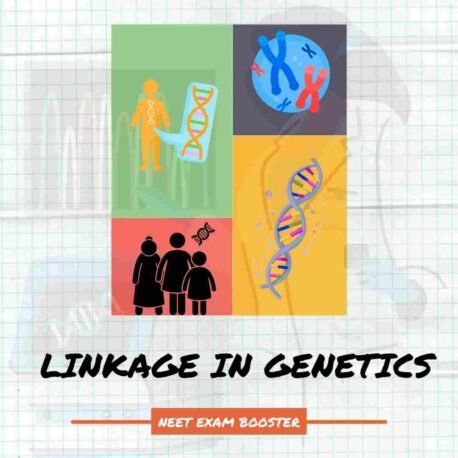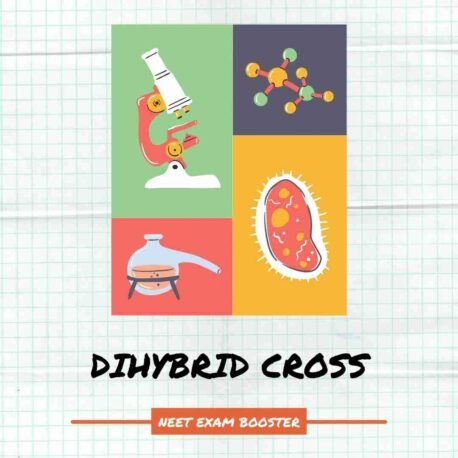The Living World Class 11 Introduction:
The Living World Class 11:- How amazing is the living world? Living organisms can be found in different habitats like cold mountains, deciduous forests, oceans,fresh water lakes,deserts,or hot springs and many other .The beauty of nature makes us astonished and makes us astonished.
The Living World Class 11 – Very Short Answer Type Questions
Q.1. Write the name of three botanists who contributed to the field of plant taxonomy.
A.1. The three botanists are:
- Carolus Linnaeus
- G Bentham
- Joseph Dalton Hooker
Q.2. Abbreviate ICZN.
A.2. International Commission on Zoological Nomenclature
Q.3. What is couplet in the taxonomic key?
A.3. A couplet in the taxonomic key is the dichotomous.
Q.4. What is a monograph?
A.4. A monograph is the writing work of a specialist on a single scholarly subject or an aspect of a subject. It is often written by a single author.
Q.5. What do u meant by metabolism?
A.5. It is the process of conversion of food into energy by series of chemical reactions.
Q.6. Mitotic cell division in amoeba represents growth or reproduction?
A.6. The phenomenon represents reproduction.
Q.7. Name a few botanical gardens in India. Also, name the largest botanical garden in the world.
A.7. Kew Royal Garden in London is the largest botanical garden in the world. Botanical gardens in India are:
- Indian Botanical Garden, Kolkata
- Lalbagh Botanical Garden, Bangalore
- Government Botanical garden, Ooty
- National Botanical Garden, Lucknow
- Assam State Botanical Garden, Guwahati
Q.8. If in a habitat 20 animal species and 20 plant species are there , is it “diversity” or “biodiversity”?
A.8. This represents the biodiversity of a given habitat. This is because biodiversity mainly refers to the variation of life forms in a specified and particular area.
Q.9. Which is the correctly written scientific name for mango species- Mangifera indica/Mangifera Indica.
A.9. The correct name is ‘Mangifera indica”.
Q.10. Match the correct pairs.
| Column I | Column II |
| Family | Tuberosum |
| Kingdom | Polymoniales |
| Order | Solanum |
| Species | Plantae |
| Genus | Solanaceae |
A.10. Family- Solanaceae Kingdom- Plantae Order- Polymoniales Species- Tuberosum Genus- Solanum
Q.11. The lowest category of classification is ?
A.11. Species is the lowest category of classification.
Q.12.Define Taxonomic keys?
A.12. Taxonomic keys are the aids that assist in the identification of any organism in view of its attributes.
Q.13. The Father of Taxonomy is?
A.13. Carl Linnaeus is known as the Father of Taxonomy.
Q.14. What are the eight different levels of taxonomy?
A.14. According to the modern taxonomic classification system the eight main levels of taxonomy are-
Domain
Kingdom
Phylum
Class
Order
Family
Genus
Species
Solve The Living World Class 11 Quiz
Q.15.Define Taxonomy?
A.15. Taxonomy is the process of classifying and naming of all living things, including into different groups according to their similarities and differences.
Q.16.What do u mean by Reproduction?
A.16.It is the process of producing offspring that are biologically and genetically similar to the parent organism.
Q.17. The building blocks of life are ?
A.17.The essential building blocks of life includes– carbohydrates,, proteins ,lipids and nucleic acids.
Q.18. Define Biology?
A.18.Biology is a branch of natural science, which is concerned with the study of principles of governing life processes and also explores the living world, diversity of living organisms, relationships between the living and the nonliving things, and a lot more.
Q.19.What do u mean by Biodiversity?
A.19. It can be defined as the variations among living organisms from different sources, including terrestrial, marine and desert ecosystems, and other ecological complexes.
Q.20.Define DNA in organisms?
A.20. DNA – Deoxyribonucleic acid, is the double helical structure, which contains a unique genetic code, which is inherited from our parents to their offsprings. It is found in every single living creature and is composed of the molecules called nucleotides.
Q.21. Define Carbohydrates. Which are the common carbohydrates found?
A.21.Carbohydrates are the group of organic molecules or the macromolecules, which are composed of carbon, hydrogen and oxygen atoms. These biomolecules are primary food groups and are an essential source of energy. The most common and abundant forms of Carbohydrates are sugars and starches .
Q.22.Define Cellular Organization?
A.22. It is defined as the components that make up the cells, tissues, organs and the organ systems in an organism.

The Living World Class 11 – Short Answer Type Questions
Q.1. Write the units of classification followed by Botanists while classifying plants.
A.1.
| Hierarchy | Suffix used |
| Kingdom | -Plantae |
| Division | -Phyta |
| Class | –Ae |
| Order | -Ales |
| Family | -Eae or -Cae |
| Genus | First name of the organism |
| Species | The second term of the scientific name |
Q.2. Define the following terms :
- Phylum
- Class
- Order
- Genus
A.2.
- Phylum– This category is higher than class. It consists of one or more than one related classes with common characteristics.
- Class– This category is higher than the order. It consists of one or more than one of the related orders with common features.
- Order– It consists of one or more than one related families having some of the common characteristics.
- Genus– It ranks higher than the species and includes one or more than one species closely related to each other.
More study materials on The Living World Class 11.
Q.3. Differentiate between flora, fauna, and vegetation.
A.3.
| Flora | Fauna | Vegetation |
| Flora refers to the total number of plants found in a particular area in a particular time. | Fauna refers to the total number of animals found in a particular region at a particular time. | It is a broad term used for the plant forms in a region. It does not include any particular taxa or botanical characteristics. |
Q.4. Define endemic and exotic species? Give examples for each of them .
A.4. Exotic species– Any species of a living organism living in a place other than its native place are known as exotic species. For example: Eichhornia crassipes is the native of the Amazon basin but was introduced in India, so it is an exotic species in India.
Endemic species- Any species which are found only in a particular area. For example: Rauwolfia is an endemic species found only in country India so it is an example of endemic species.
Q.5. The number and kind of organisms are not constant. Explain with some examples.
A.5. The number and kind of the organisms are not constant because of the following-
- Sexual reproduction
- Mutations
- Loss of habitats
- Environmental threats
- Anthropogenic activities
Q.6. Brinjal and potato belong to the same genus but belongs to different species. What is the difference between the two ?
A.6. They belong to different species due to following reasons :
- They cannot be interbreeded.
- They both have different morphological features.
Q.7. Define a taxon? Give few examples.
A.7. It is a group of organisms of any level in the hierarchical classification based on some common characteristics. For eg: all the insects are classified under one phylum i.e. Arthropoda. A taxa includes the following- kingdom, phylum, class, order, family, genus and species.
The Living World Class 11 Notes and The Living World Class 11 Study Materials.
Q.8. A person suffering from coma is considered as living or dead?
A.8. A person in a coma is considered to be a living dead. This is because a person in a coma remains unconscious for more than six hours. He/she doesn’t even respond to any form of stimuli such as pain, sound and light. Such a person can be called as brain dead.
Q.9. What are the different properties of a living organism?
A.9. The various different properties are –
- All living organism can grow in its size and mass .
- All living organisms can reproduce and form their offsprings through various methods.
- Metabolism is another defining property of a living organism.
- Cellular organization of living organisms is the other basic properties.
- Consciousness in an organism.
Q.10. What is biodiversity?
A.10. It is defined as the variations among living organisms, from the minute microorganisms to the multicellular plants, and animals. It includes genetic diversity, species diversity, ecosystem diversity.
Q.11. Expand ICBN?
A.11.ICBN – International Code of Botanical Nomenclature . It is the set of rules used during the nomenclature of the plants and are mainly based on international rules. These rules were proposed by the Swedish Zoologist and Botanist -Carl Linnaeus.
Click here to join our telegram channel for more important questions like The Living World Class 11.
Q.12. What are the Building blocks of the living system?
A.12. The basic building blocks of living system includes – organic and the inorganic biomolecules. These includes the following:
- Water
- Protein
- Carbohydrates
- Lipids
- Nucleic Acids
- Oxygen
- Sodium chloride
Q.13. Expand the following codes – ICVN, ICBN, ICZN, ICNB.
A.13.
ICVN– The International Code of Viral Nomenclature.
ICBN–The International Code of Botanical Nomenclature.
ICZN– The International Commission on Zoological Nomenclature.
ICNB– The Institute for Nature Conservation and Biodiversity.
Q.14. Explain the following terms- 1)Metabolism
2)Growth
3)Development
A.14.
Metabolism– It refers to a series of chemical reactions which takes place in all the living organisms to sustain life.
Growth– It is defined as the constant and irreversible increase in mass and size of the body of an organism.
Development– It is the process, in which a particular organism grows physically and acquires both the mental and physiological growth as well.
Get The Living world Class 11 Toppers Notes.
Q.15. Define Binomial Nomenclature?
A.15. It is a formal and biological system of naming all the living organisms. Carolus Linnaeus was the first person to introduce the Binomial Nomenclature System for naming organisms in a scientific way in all over the world.
The Living World Class 11 – Long Answer Questions
Q.1. Define living? Explain the defining characteristics of all living organisms.
A.1. Living means a thing which can grow, reproduce, has a cellular organization and is aware of its surroundings. The following are the defining characteristics of a living organism:
- Growth– All living organisms have ability to grow. Growth refers to the increase in number and size of an organism.
- Reproduction– All living organisms have the property of giving rise to the new individual. Reproduction can occur through sexual and or asexual means of reproduction.
- Cellular organization– Cell is a structural and functional unit of the life. All living organisms are made up of one or more cells.
- Metabolism– All living organisms exhibits the process of metabolism. It is the series of chemical reactions which converts food into energy.
Q.2. With reference to Brassica compestris Linn.
- Give the common name of the plant
- What do the first two words of the name indicates?
- Why is the scientific name written in italics?
- What do you mean by “Linn”?
A.2.
- The common name is Mustard.
- The first part of the name (Brasicca) indicates the generic name, while the second part (compestris) indicates the species name of the plant.
- The names are written in italics because it is the rule of the Binomial Nomenclature.
- “Linn” means Linnaeus, the first scientist to discover the given plant.
Q.3. Differentiate between “whole moong daal” and “broken moong daal” in terms of Growth and respiration ?
A.3.
| “Whole Moong daal” | Broken Moong daal |
| 1)It is an intact seed of the plant. | 1)It is not an intact seed. |
| 2)It germinates under appropriate conditions only. | 2)It does not germinate because the embryo and cotyledons are destroyed. |
| 3)It resumes the metabolic activities on germination. | 3)It can’t resume the metabolic activities. |
| 4)The stored food in the cotyledons is hydrolyzed by the activated enzymes due to metabolism. | 4)The enzyme gets activated when the broken seed imbibes water inside it , but will not facilitate growth. |
| 5)It respires and emits Carbon dioxide gas. | 5)The embryo is destroyed, so no respiration and no carbon dioxide gas emission occurs. |
| 6)The embryo gives rise to root and shoot as the seed resumes active metabolism. | 6)The cotyledons of broken moon daal have stored food rich in proteins but do not show any root and shoot growth. |
Q.4. How will a scientist go about the process of identification, nomenclature and classification of a plant species which he found as a new one ?
A.4. The taxonomic keys, herbaria, monographs, and preserved plant specimen help in discovering a new plant species. The anatomical and morphological structures of the discovered plant are studied and its characteristic features are compared with the similar information available in the scientific literature. The systematic position of the plant is then decided and it is named according to the rules of Binomial Nomenclature.
Q.5. What is meant by Reproduction?
A.5. Reproduction is a common characteristic of all living things. In general terms, reproduction can be defined as the biological process of giving birth to their young ones which are identical to their parents.
The two different types of reproduction are-
- Asexual Reproduction
- Sexual Reproduction
These two modes of reproduction, which are differentiated mainly based on the number of parents involved during the process.
Get links for more important questions and answers like The Living World Class 11 important questions and answers.





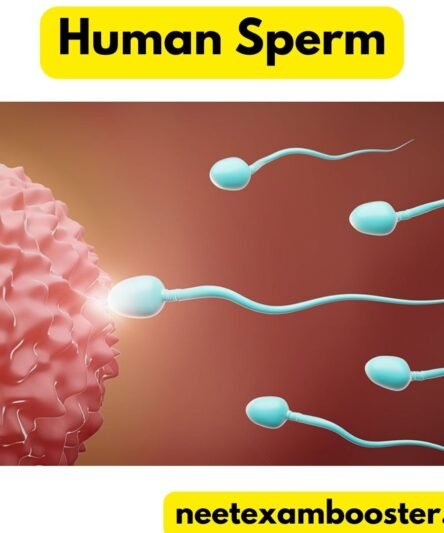



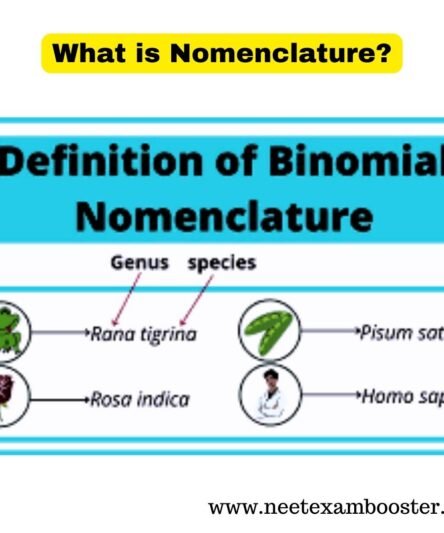
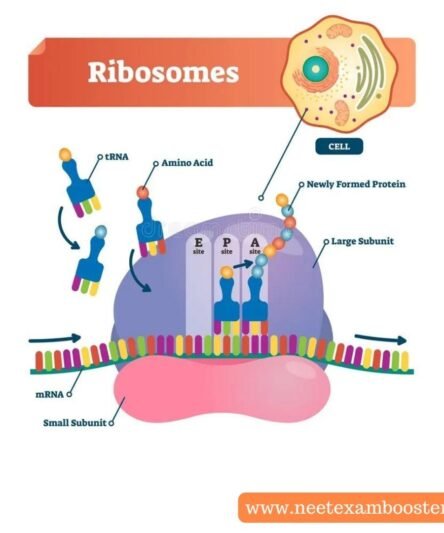


![[PDF]Sri Chaitanya NEET Test Series PDF 2022 Free Download – NEET material pdf](https://www.neetexambooster.in/wp-content/uploads/2022/05/Screenshot-60_11zon-200x200.jpg)




